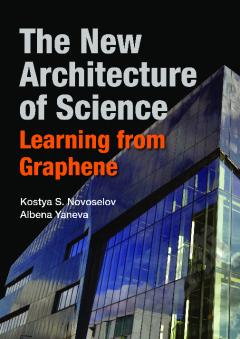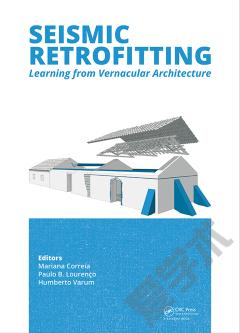New Architecture Of Science, The: Learning From Graphene
The New Architecture of Science explores how the architecture of advanced nanoscience labs affects the way scientists think, conduct experiments, interact and collaborate. The unique design of the National Graphene Institute in Manchester, UK sheds light on the new generation of 21st century science laboratories. Weaving together two tales of this building, lead scientist and one of the designers, Kostya Novoselov, and architectural anthropologist, Albena Yaneva, combine an analysis of its distinctive design features with ethnographic observation of the practices of scientists, facility managers, technicians, administrators and house service staff. Capturing simultaneously the complex technical infrastructure and the variability of human experiences that it facilitates, contemporary laboratory buildings are shown to be vital settings for the active shaping of new research habits and ways of thinking, ultimately leading to discovery and socio-technical innovations.Related Link(s)
{{comment.content}}








 京公网安备 11010802027623号
京公网安备 11010802027623号